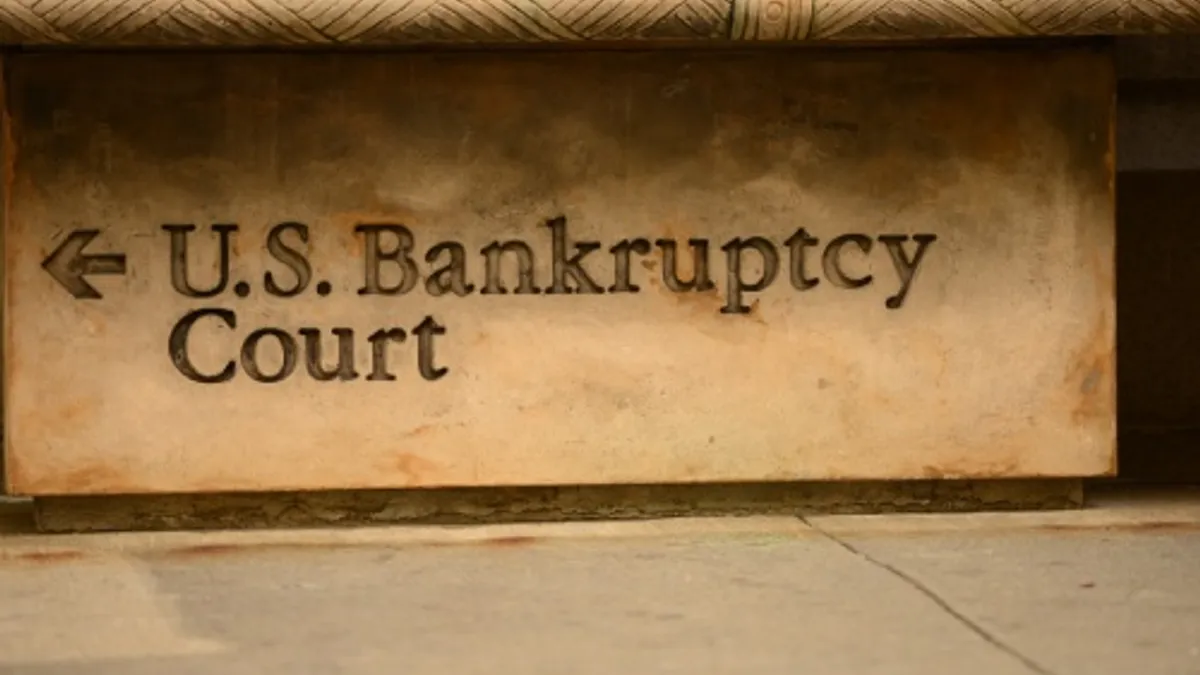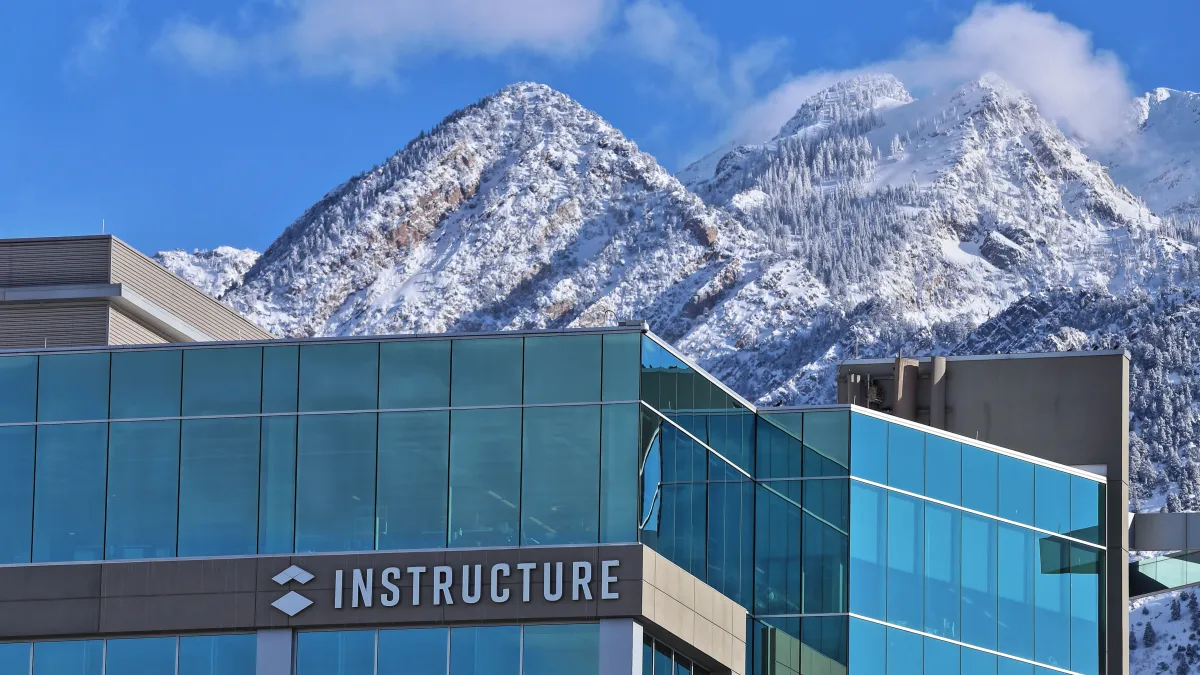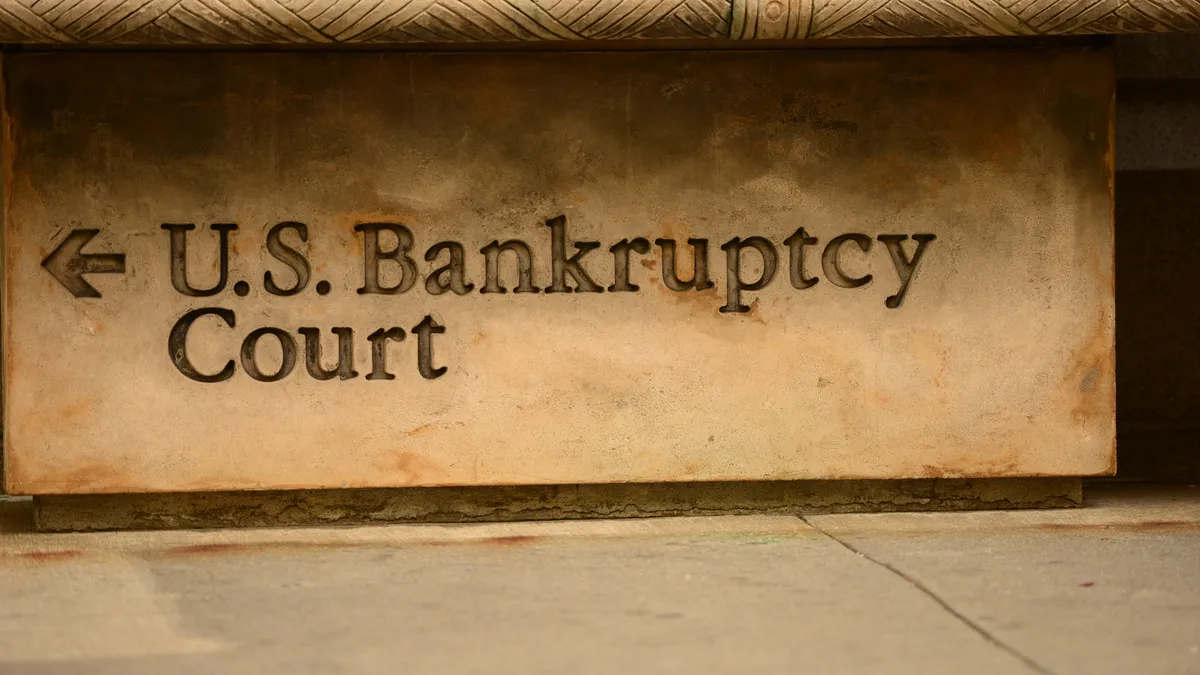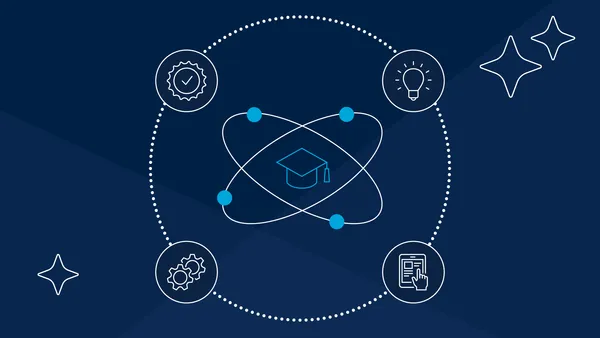When Hurricane Harvey made landfall near Houston in 2017, the category 4 storm destroyed thousands of houses and left much of the city underwater. At the time, officials at Western Governors University, an online college that today enrolls more than 120,000 students nationwide, knew scores of them were experiencing the devastation firsthand.
Even before Harvey, Western Governors officials kept an ear to the ground for events that could hinder students' ability to take assessments, specifically. The university uses those tests to help students pace through its competency-based programs. But the cataclysmic event spurred officials to expand those efforts, now called the Environmental Barriers Program, to provide individualized support to learners whose education is disrupted by natural disasters, not just those taking assessments.
"That's when it really took off," said Debbie Fowler, senior vice president of student success at Western Governors.
Today, the program's team members survey the news for natural disasters, determine how many of Western Governors' students could be impacted by an event, and notify their assigned mentors so they can offer support. That can include linking the affected students to resources or allowing extra time on assignments.
"The secret is being able to leverage the large staff of program mentors … who already have that relationship with their particular students," Fowler said. A single mentor works with about 90 students on average.
Western Governors adapted the program last spring, when the coronavirus began affecting daily life in the U.S., to address students' pandemic-related needs. "We were just so unbelievably thankful that we had that system set up when COVID hit," Fowler said. "We saw every flavor of impact."
Coordinated coronavirus support
The Environmental Barriers Program assists thousands of Western Governors students each year. The year after Harvey, the team monitored 32 events, identified more than 11,000 students who might be impacted and followed up with about half to help them carry on with their studies, according to a university webinar held last summer.
But the pandemic presented a new challenge. Early last March, nearly 300 students living in Washington state, one of the areas first hit by the virus, needed assistance due to the pandemic. Two weeks later, that number surged to around 7,500 students nationwide.
Officials knew they needed to expand the program. They began holding daily meetings, where the Environmental Barriers team updated university leadership about where the coronavirus was impacting students the most and what kind of support they needed.
The team also updated how it tracked students' needs. The university already had a system to note how severely an event impacted a student, such as if they were displaced from their homes. They modified it to capture pandemic-related issues, including when a student was dealing with a death from COVID-19 complications, according to the webinar.
Kelly Leibee, a nurse in Texas, was one of Western Governors' students who struggled during the pandemic. In the early days of the health crisis, the 45-year-old single mother, who is studying for a master's in nursing, said she witnessed people dying from COVID-19 in the hospital and feared bringing the virus home to her child.
"I would be at work all day dealing with that," Leibee said. "I'd come home and study and truly my brain was just — I couldn't focus." Her mentor reached out to her, recommending she contact a counselor and encouraging her to keep pursuing her studies.
"I wouldn't have probably gotten through it without her," Leibee said.
Still, the original intent of the program — to mitigate harm from natural disasters — wasn't replaced entirely by coronavirus concerns. More than 17,000 Western Governors students were caught up in the winter storm in February that left millions of Texans without power in sub-freezing weather.
Leibee said her mentor proactively reached out to her again during that time to make sure she was on track. The storm racked up about $10,000 in damage to Leibee's house, which she left temporarily when indoor temperatures dipped to 32 degrees Fahrenheit. "She's really become like a friend to me," Leibee said.
Online giants' support strategies
Western Governors isn't the only online megauniversity looking out for large-scale disasters that could impede student progress. Southern New Hampshire and Grand Canyon universities, which collectively enroll more than 180,000 students online, have similar but less formal strategies.
Grand Canyon's faculty training and development department keeps an eye out for news about natural disasters that could affect their students. Just last month, the department notified online faculty members and student services counselors about violent tornadoes ravaging the Southeast so they could help affected students, such as by offering more flexible deadlines on assignments.
"It depends on the situation," said Kelly Palese, Grand Canyon's senior vice president of faculty operations. "If their internet is down for a day, it's probably not the end of the world. But we have had students where their houses were flooded and they're displaced."
Grand Canyon has a 59-to-1 ratio of counselors to students, a spokesperson said.
Southern New Hampshire takes a similar approach, alerting faculty members and advisers about potential pitfalls and relying on them to craft one-on-one plans with students. In some cases, the university will also let students experiencing a natural disaster withdraw at no cost and restart their education at a later date.
"We fundamentally believe that if you have 150,000 students, you probably need 150,000 communication plans," said Scott Barker, Southern New Hampshire's vice president of student advisement.
Can other colleges follow suit?
Smaller institutions, such as community colleges and regional comprehensive universities, naturally have a pulse on whether a natural disaster is occuring in their area and how it is affecting students. Online megauniversities, on the other hand, have a harder time tracking every event that could impact their students, who are spread across the U.S.
"You can't be global and local at the same time," said Justin Ortagus, a higher education professor at the University of Florida. "Large online universities have very real trade-offs when taking these kinds of approaches." For one, they may be less able to link students to local resources than a college that is embedded in the community, higher ed experts said.
Yet their approach can be a potent strategy for dealing with disaster. "They're not just throwing money at this," Ortagus said. "They're developing strategies to ensure that instructors are flexible and building that into the curriculum."
"You can't be global and local at the same time."

Justin Ortagus
Higher ed professor, University of Florida
The scale of these universities also offers them some advantages over smaller colleges for providing this kind of support. Southern New Hampshire, for instance, has invested in early-alert software that notifies advisers about how long online students spend in class and whether they're opening university emails. When advisers see declining student engagement, they can reach out to students via phone, email or text. Advisers each oversee roughly 250 students.
"They have so much data available to them on their students," Barker said. "It really empowers them to know the right level of proactive outreach to assist their students." Grand Canyon has similar technology. And Western Governors builds heat maps showing where students were most impacted by events.
"People fall in love with technology — chatbots and AI and all those things — but all those things should do is empower your people to spend more time with other people," Barker said. "I don't think we could do that without scale."






















